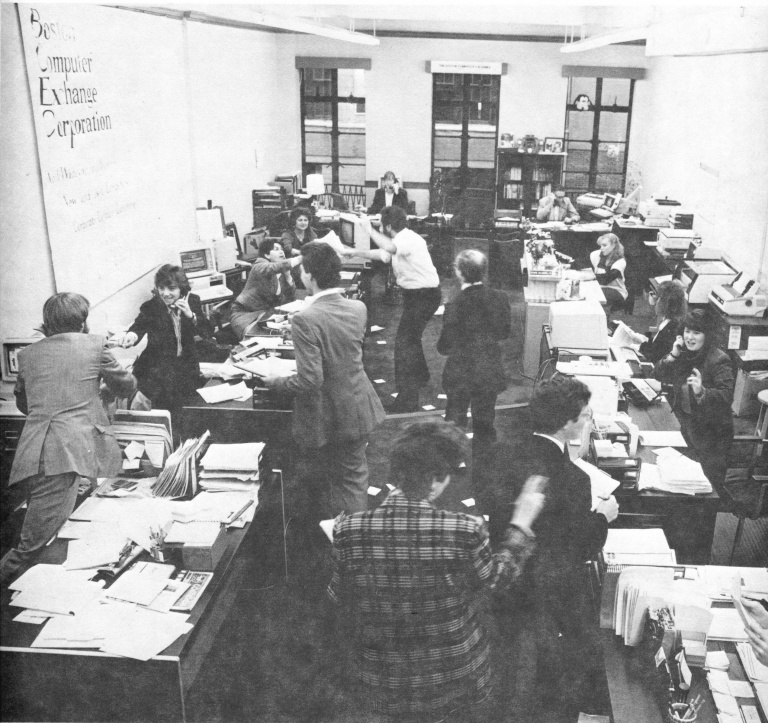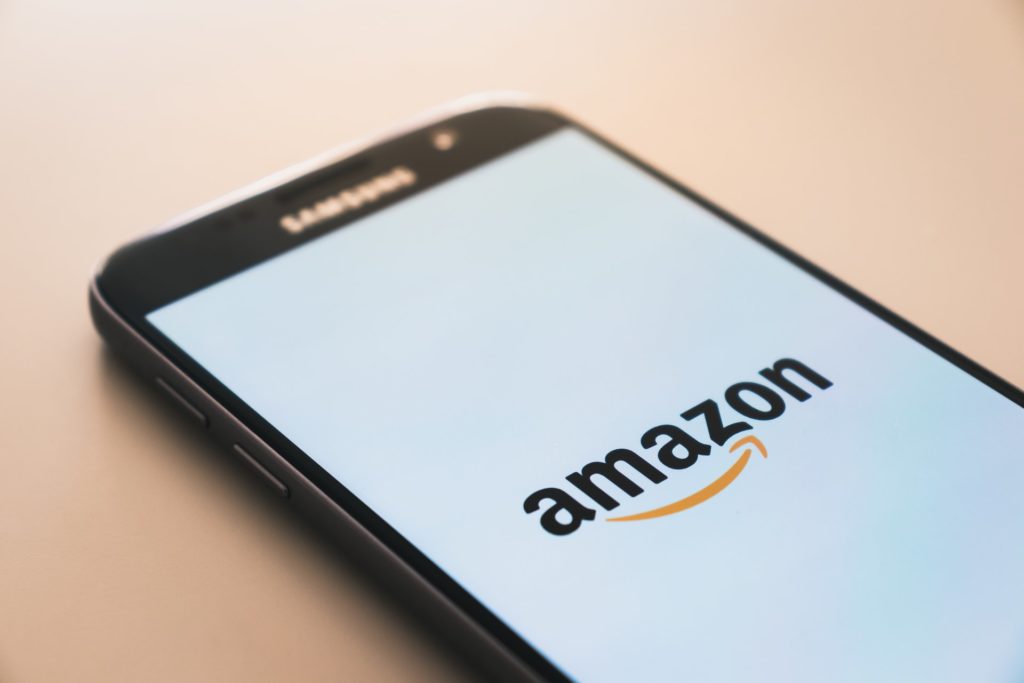Welcome to our third Pivotal Moments blog. If you follow us on social media, you’ll know what this is all about. To paraphrase Confucius, it’s only by knowing where we’ve been that we can know where we’re going.
“Study the past, if you would divine the future.”
Confucius
Where would we be today, without online shopping? It’s one of the most popular online activities, and it’s not hard to see why.
Shop at your leisure, in your pyjamas, and with the ability to shop around and find the best deal. These days, many online retailers even offer same and next day delivery, so it’s instant gratification. The idea of living without online shopping is hard to get our heads around, these days. It’s made life more convenient, straightforward and simple in more ways than it’s possible to count.
But once upon a time, it was a passing idea. A trivial thought that might not have gone anywhere. Yet it did. And here’s how.
What is E-Commerce?
Online shopping, or e-commerce, is exactly what it sounds like. The buying and selling of services via the internet.You might have looked at the title of this post and thought, wait – we didn’t have the internet in 1982. Well, that’s true – but it doesn’t mean that e-commerce wasn’t possible.
E-commerce is a continually growing industry whose experts and players regularly develop innovations and technologies each year. However, the reason this is possible is due to the Electronic Data Interchanges that began in the 70s. And, of course, the internet, with which the history of e-commerce is closely intertwined.
As we know it today, e-commerce wasn’t possible until the internet became “a thing”, back in 1991. But the idea came much earlier than that.
In 1979, Englishman Michael Aldrich went on a walk with his wife, and, as we’re all want to do, happened to complain about the regular trips to the market they had to make. Surely it would be easier if you could order your shopping through the TV, he suggested. Well, yes. Yes it would.
Since Aldrich also happened to be an inventor, it wasn’t long before he invented a system that advertised goods and services on TV. Viewers were presented with the option to call into a processing centre that would place their order. Aldrich called this teleshopping – and just like that, e-commerce was born.

Pivotal Moment – The Boston Computer Exchange
Though Aldrich’s teleshopping was technically e-commerce, it’s still around today in a fairly similar format. What we’re really talking about here is something much closer to modern internet shopping, and that came with the Boston Computer Exchange.
The Boston Computer Exchange (BoCoEx) was founded by Alexander Randall and Cameron Hall, who between them had plenty of qualifications in systems and economics. They shared an interest in creating a computerised marketplace, and in time, BoCoEx was born.
BoCoEx was launched in 1982 and was the first e-commerce company. First and foremost, it was an ‘online’ market that helped people to buy and sell old computers.
Though the company began as a paper database, it quickly adapted to a computerised database for convenience. Using the Alpha 2 database manager on a dual floppy IBM PC, the founders made a deal with the owners of an online service bulletin board.
Using this Delphi bulletin board, BoCoEx were able to post their database on a public access system. It was also posted on several searchable databases, including YellowData and Boston CitiNet. Later, they also had the first store on the Electronic Mall opened by CompuServe in 1989.
The e-commerce store was surprisingly much like later online retailers, such as eBay or Etsy. Sellers would upload their inventory, where buyers could browse it. They would then put in an order – via telephone since this was still pre-internet – and pay the sellers.
Eventually, the Boston Computer Exchange expanded its platform and set up auction software. However, throughout the 80s most e-commerce was still considered fairly niche and was a small service. But not for long.
How E-Commerce Evolved
With the rise of the internet, the consumer shopping experience changed quickly. One of the earliest e-commerce stores to make use of the world wide web was Book Stacks Unlimited, a bookshop created by Charles M Stack back in 1992.
Similar to BoCoEx, Book Stacks Unlimited began as a dial-up bulletin board before moving to the internet as Books.com. Eventually, they were acquired by Barnes & Noble, but they are still known today for being the forerunners of Amazon – founded a full two years before the now household name.
After the restrictions on the commercial use of the internet were lifted in 1991, e-commerce grew rapidly. By 1995, there were over 120,000 registered domain names. By 1998 there were 2 million. The more people logged online, the more budding entrepreneurs looked for ways to monetise the internet – and that meant more e-commerce.

Online Shopping Giants
Given the popularity of online shopping, it’s perhaps not surprising that Amazon and eBay, as two of the first big companies to use electronic transactions, as still well known. Amazon began as an online bookseller in 1994 but quickly expanded into all other avenues, becoming an “A-Z seller”.
eBay on the other hand began that way. Founded in Pierre Omidyar’s living room in 1995, he chose to build a bidding platform rather than to sell directly, creating a platform that made it simple for anyone to sell online. Whether theft had the know-how or not.
By the late 90s, e-commerce was huge. New companies appeared regularly, selling almost anything you could think of, and investors began to throw huge sums of money at web-based companies. As the value of these companies reached unsustainable levels, the bubble burst in 2000, and many of them folded, unable to survive.
Some bounced back, including Amazon and eBay, of course. Many were bought out. But plenty failed altogether. The growth of e-commerce slowed for a while, but in 2004 several big credit card processors worked together to release the Payment Card Industry Data Security Standards (PCI DSS). Though a bit of a mouthful, it was a useful outline of procedures and obligations around online payments and data storing, and it made e-commerce far more secure.
The Mobile Revolution
Of course, things were shaken up again in 2007. The release of the iPhone meant that potential customers suddenly had tiny computers to carry with them wherever they went. Purchases could be made from anywhere – and these days they account more than half of all web traffic. E-commerce companies have had to adjust their digital strategies, and focus on creating sites and apps that are mobile-friendly, to keep their customers.
It seems fair to say that apps and mobile purchases are guaranteed to play an even bigger role in e-commerce in future.
What do you think?
Do you prefer to shop online? How often do you shop on your smartphone?